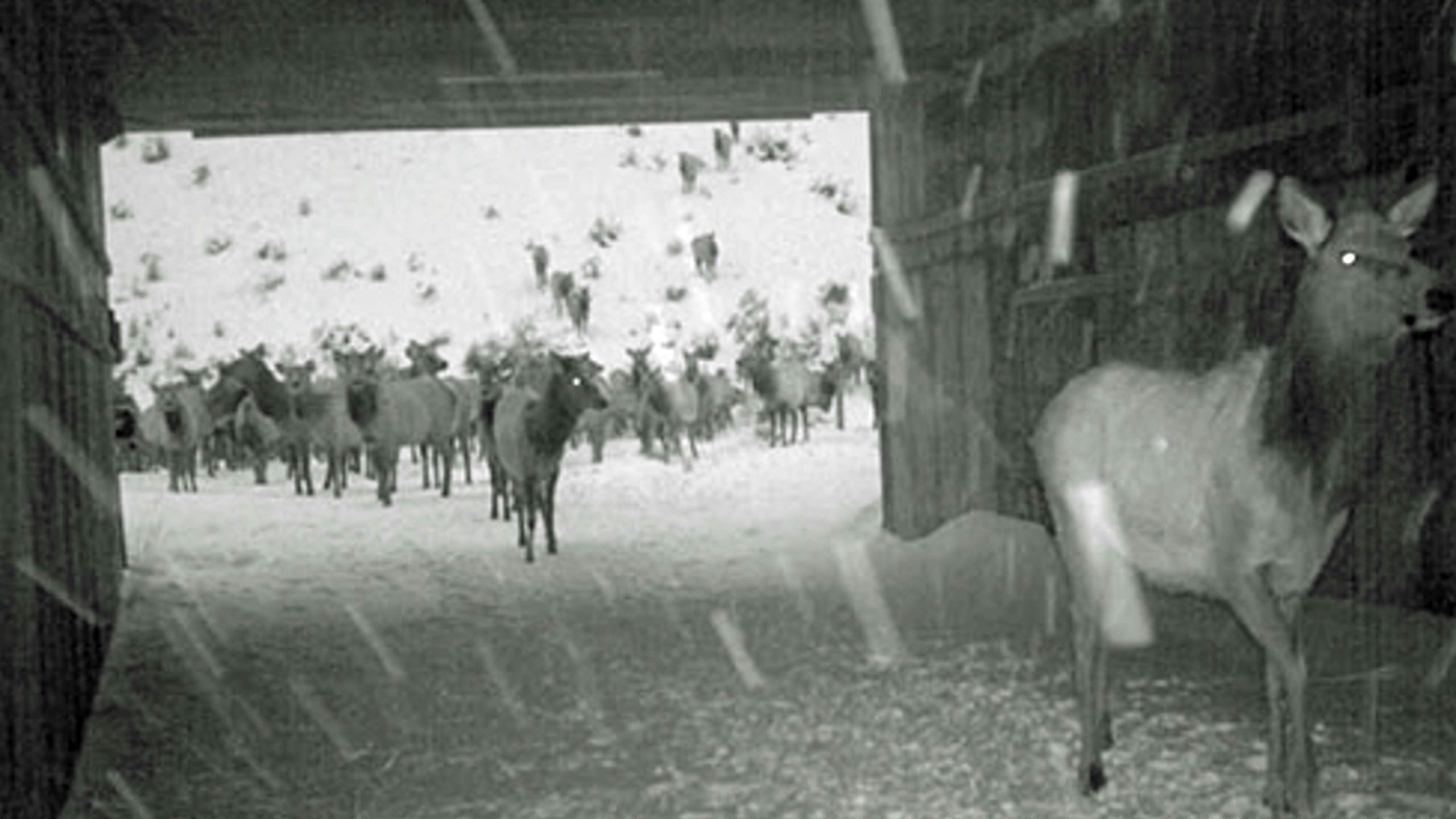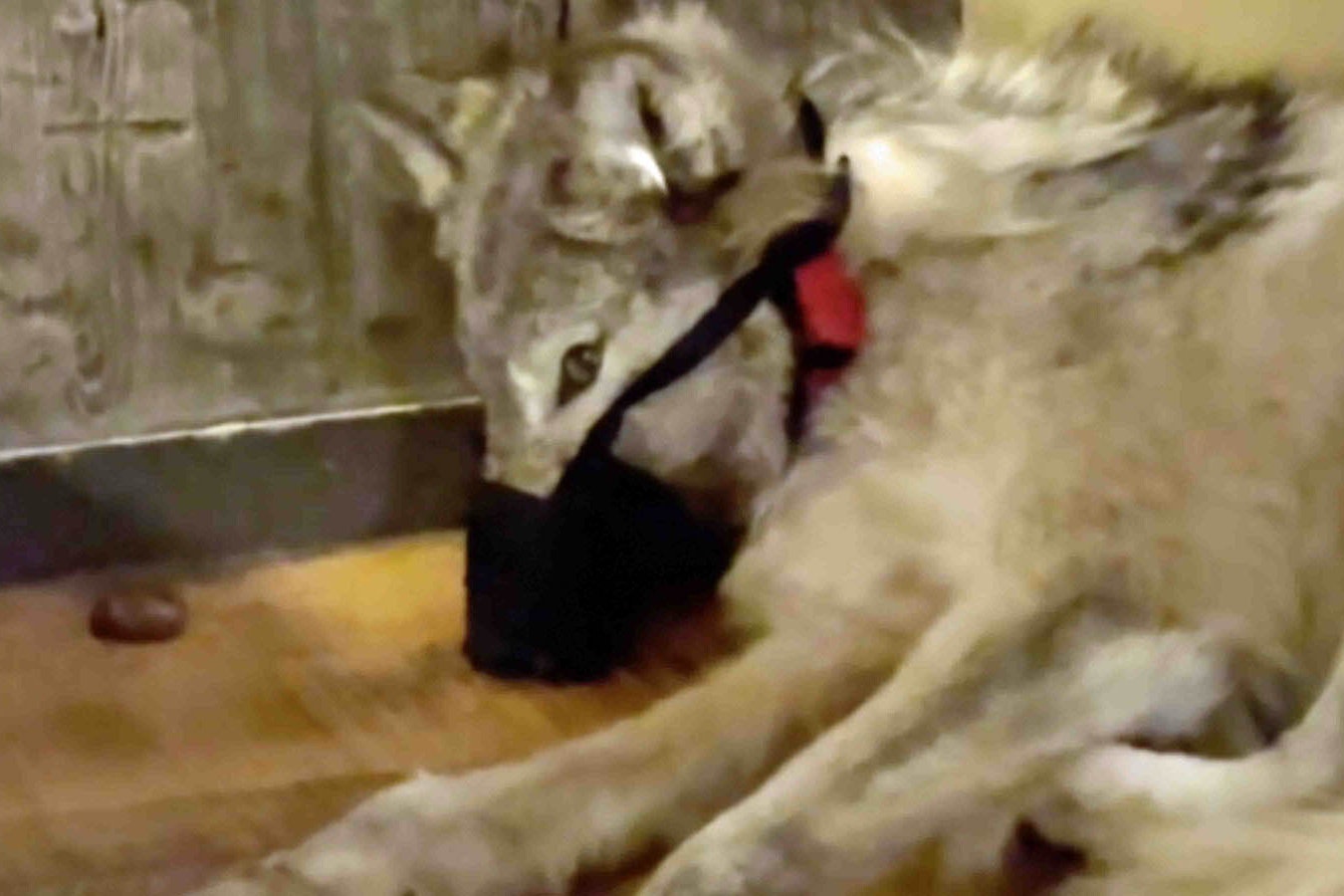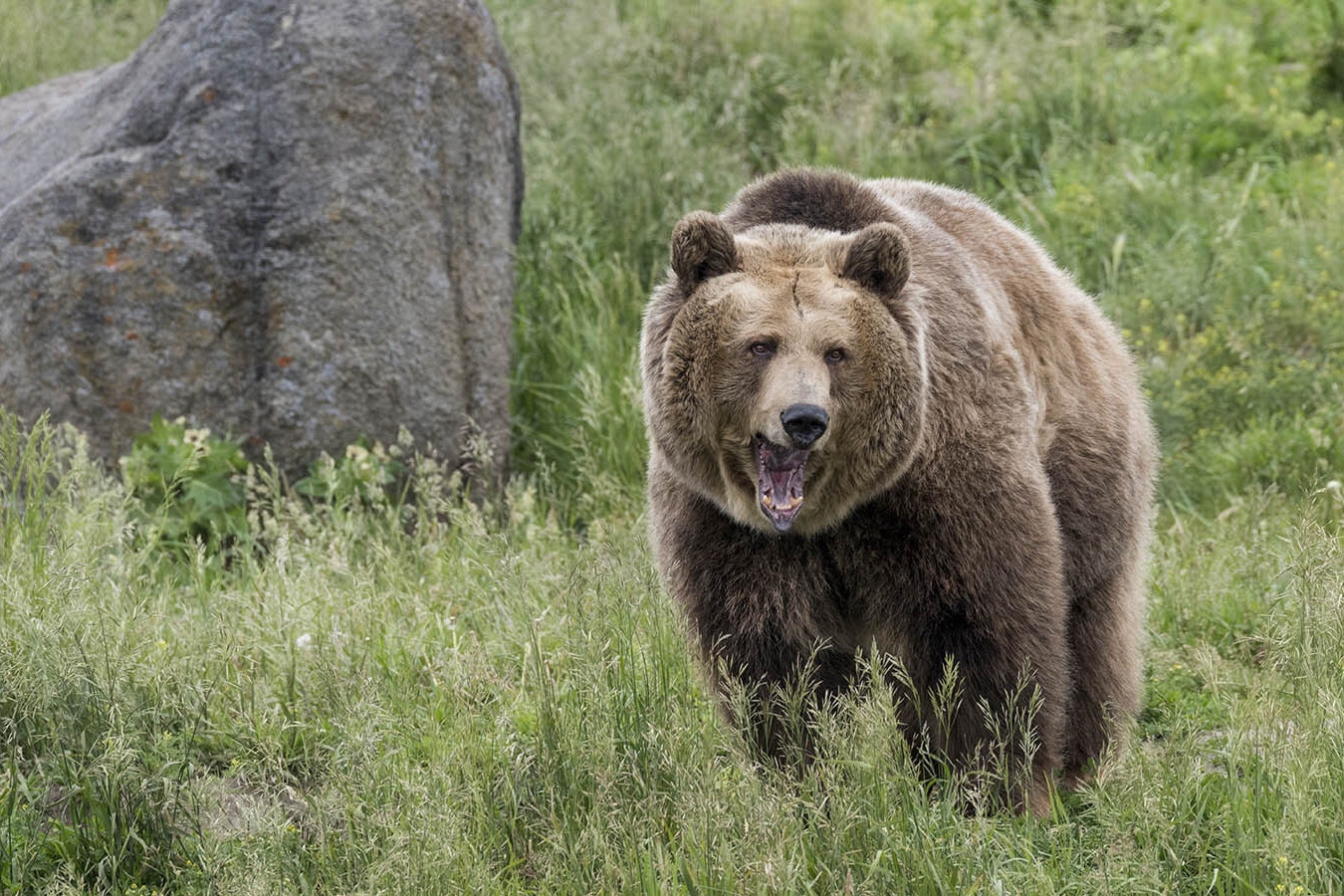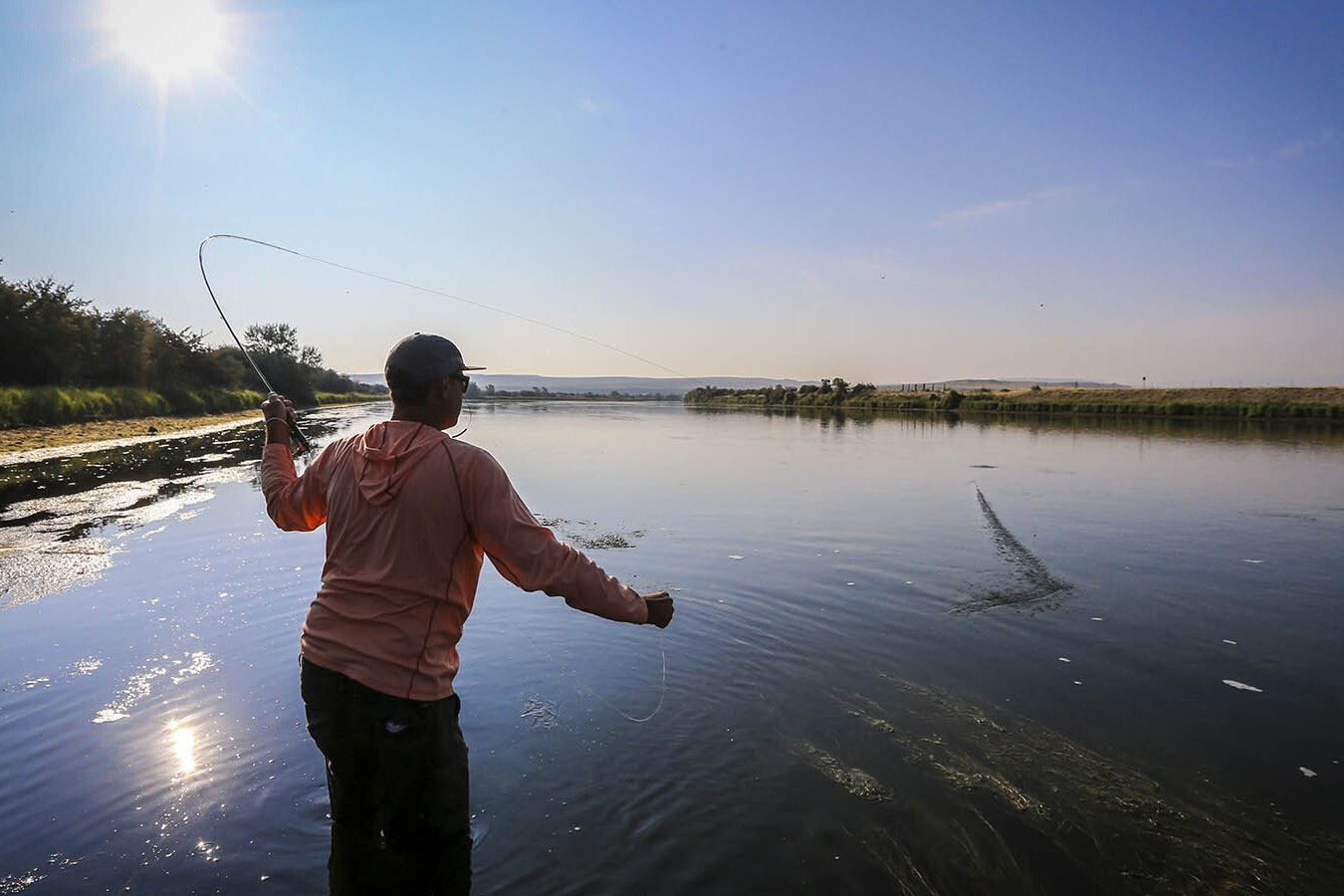More than 40 years ago, Apple pulp and shouting helped save countless mule deer from being hit by speeding traffic on Interstate 80 near Elk Mountain.
During the winter of 1977-78, John Hyde was a game warden trainee with the Wyoming Game and Fish department and charged with figuring out how to get deer to use highway underpasses that are still in use today.
“I baited the underpasses with all kinds of stuff, including lettuce scraps from grocery stores,” Hyde told Cowboy State Daily. “We found that apple pulp worked the best.
“Apple pulp is used everywhere to bait all kinds of animals; I guess because of the sweetness of it.”
Hyde went on to have a 35-year career as a game warden. He’s now retired and lives in Lovell.
Underpasses Offered Hope
When that section of I-80 was built during the early 1970s, it cut right through one of Wyoming’s largest mule deer migration routes, Hyde said. Sturdy 8-foot woven-wire fences were built along either side of the highway to keep deer off the road.
There also are a few underpasses along that stretch, but they weren’t initially intended as wildlife crossings, Hyde said. Instead, they were put there to allow farmers and ranchers to move equipment between pastures and fields on either side of I-80.
It soon became apparent that the underpasses also could come in handy as a way to get deer safely across, Hyde said.
At first, the deer would just crowd up against the fences, he said. Sometimes they would injure or kill themselves trying to get through. Or, they’d get struck by traffic when they did manage to breach the fences.
“I used to patrol that stretch of highway checking for deer mortality, and I saw a lot of it,” Hyde said. “And you would see deer by the hundreds just piling up against those fences, not sure what to do.”
The trick was getting deer to use the underpasses.
Surprise, Shouting Moved Stubborn Deer
Once Hyde and his compatriots discovered how well apple pulp attracted deer, the next problem was getting them to actually move through the underpasses.
That’s because they’d just bunch up inside the underpasses to gorge themselves on the pulp, but they wouldn’t through to the other side, he said.
So, Wyoming game wardens figured they’d give the deer a nudge by startling them.
“We’d come up the highway in our truck, and they’d be down there (in the underpasses) eating,” he said. “We’d hop out of the truck, go down over the side of the highway and start waving our arms and yelling at them to move.”
But the deer were stubborn.
“It took about a month to six weeks of doing that. But eventually, the deer caught on, and they started using the underpasses on their own,” Hyde said.
Full Circle
While those efforts during the 1970s certainly helped, that stretch of I-80 remains troublesome. The section between mile posts 247-256 near Arlington still sees roughly 150 wildlife collisions a year, according to the Wyoming Game and Fish Department.
To mitigate that, a wildlife overpass is planned at Halleck Ridge near Elk Mountain. No start date for the project has been set. It will be partly funded through a $10 million appropriation for wildlife crossings that was requested by Gov. Mark Gordon and granted by the Legislature.
Wildlife overpasses now have replaced underpasses in many places across the West, Hyde said.
“Now overpasses have come home, so to speak, to the place where it all began – I-80 near Elk Mountain,” he said.





